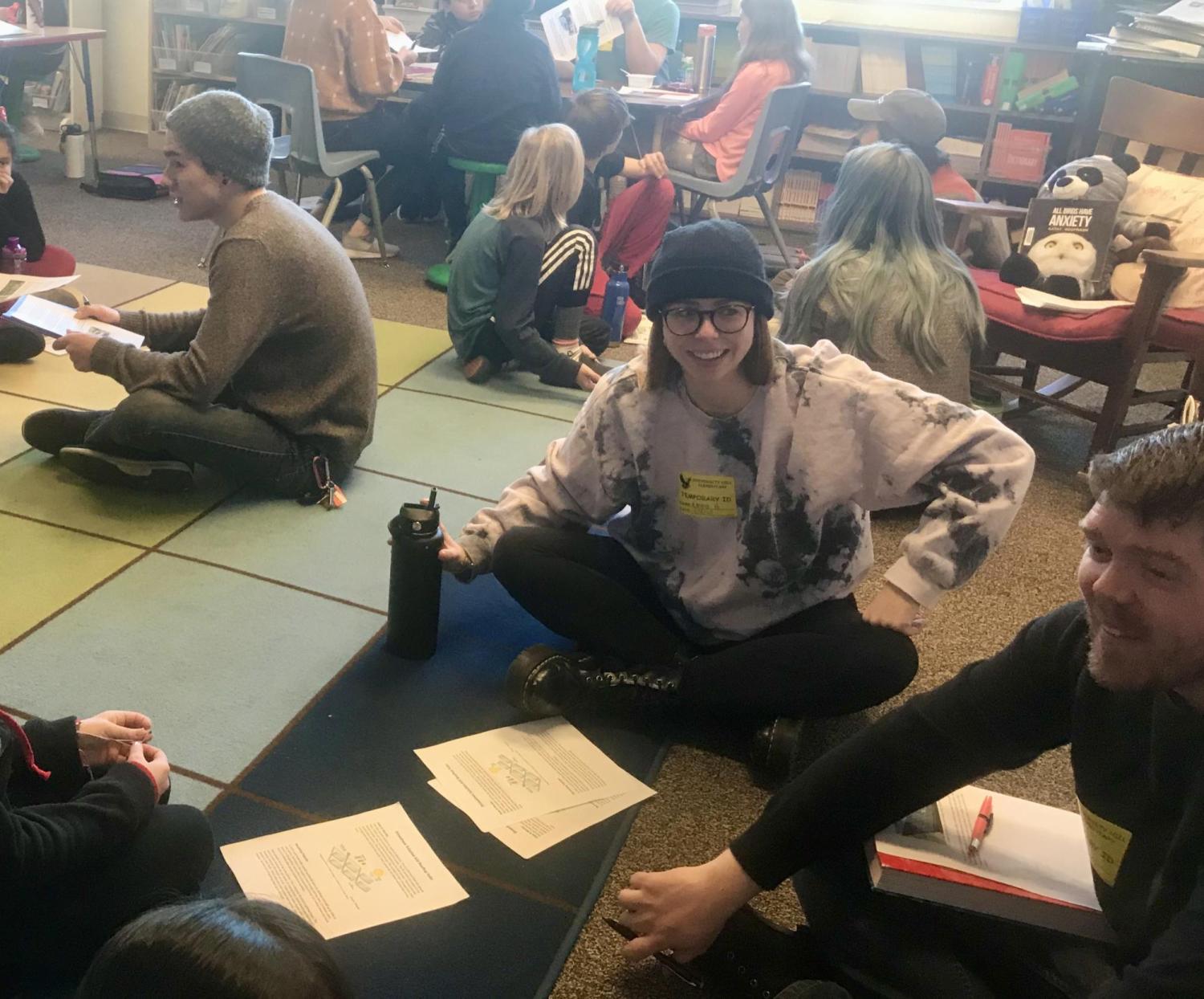Open-Source Publishing with Students: Making Students Work Visible
As a part of the CAMPP (Collective to Advance Multimodal Participatory Publishing) team through ASSETT’s Innovative Incubator, I am taking a deep dive into student publishing through the creation of an Open Educational Resource (OER). CAMPP is investigating opportunities to establish a peer-to-peer support environment for faculty and students by creating a multimodal publishing collective that produces projects that meet academic standards and are open and accessible to the community at large. Open-source publishing offers a way to create materials with your students for non-disposable assignments that can have real world impact and add to student’s resumes. The creation of them can be a unique way to have students demonstrate that they have met the learning objectives for a given class. The work created by students through open-source publishing can also help make knowledge and materials more accessible to those who may not have library access to expensive journals and subscription-based materials. The project I have been working on with students is Enacting Climate, an open-source website for adaptations of top climate solutions accessible to 5th grade learners. The top 10 solutions will be available in Spanish as well. These adaptations began by students in a course I co-teach with Max Boykoff, Creative Climate Communication, in order to ensure K-12 students have access to top climate solutions in a format that is accessible, visually inviting, and inclusive. To prepare for this, we invited CU PhD School of Education candidate, Caitlin Fine—a former 5th grade dual-immersion English-Spanish teacher—to present to the class about how to approach creative climate communication with 5th grade students. She suggested the use of an online readability technology to check for reading levels. She also went over how to approach concepts so they could be comprehensible to 5th grade learners. We also introduced the idea of Universal Design, which resulted in stimulating creativity among our students and making our work more accessible. Our students were guests in a 5th grade classroom at University Hill Elementary School across from the UMC and received expert peer review from actual 5th grade students! Based on their feedback, our students adjusted and submitted their writing and suggestions for photographs and illustrations via Canva. By the end of the project our students had created wonderful first drafts of these solutions.
That occurred just before the pandemic in the Spring semester of 2020. It is now Fall of 2021, and we are getting these solutions actually published via a website, https://enactingclimate.org/. With the support from ASSETT, Inside the Greenhouse, and the Office of Outreach and Engagement, we were able to hire three of the students from that class to continue working on the project that summer. With Fine, we invited another PhD candidate with her in the School of Education, Daniel Garzon, to join the team working on these adaptations and translations into Spanish. Partnering with me was Patrick Chandler, a PhD candidate through Environmental Studies who was the TA for the course. We were working from an Open-Source publication put out by Project Drawdown, The Drawdown Review, that lists the top 81 solutions for reversing global warming. The need to be responsible, culturally sensitive and appropriate, scientifically accurate, and effectively communicative made this project a huge task to get over the finish line. No doubt, it was an ambitious project that kept growing as we realized it would be helpful to also add a glossary of key terms and a teacher’s guide. I will still certainly do Open-Source publishing with my students in the future, and I will also realistically ascertain how much it will take to actually take a classroom project all the way to publication—how many resources it will take to get it ready for publication, and how much effort it will take for me to get it over the finish line.
As a postscript to this conversation about creating an Open Educational Resource, I have since expanded my design for this site beyond simply providing access to 5th grade top climate solutions. I received a CU Boulder OER Creation/Adaptation Award and am now expanding this site to also function as OER course content for the Creative Climate Communication course. I will disseminate this site to other universities, schools, and centers that may want to use it as well. This site will host other equally Open-Source links and resources as well as a curated collection of student-generated activities, games, and skits for enacting the top climate solutions featured on the site.



